- Current Food and Nutrition News
- Lifestyle Skills for Successful Weight Loss
- Consumer Safety and Store Coupons
- Nutrition Resources for Educators, Journalists, and Health Professionals
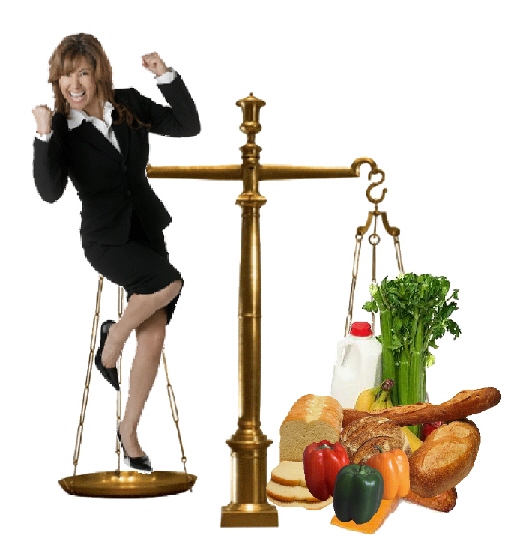

Portion Control
|
Education and Resources |
||||
 |
|
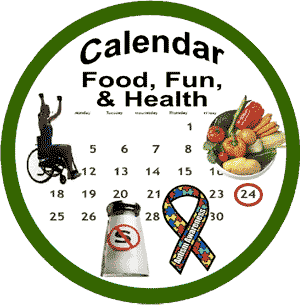 |
|
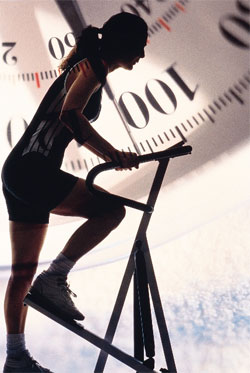 |
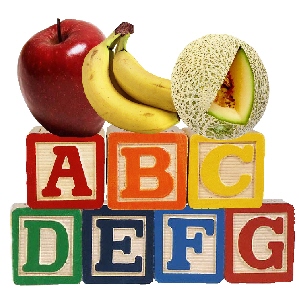 The
Children's Corner The
Children's Corner |
Wellness News Monthly Newsletter Sign-up |
|||
| Follow us on Twitter |
The Secret WeaponTo master
Portion Control opens up an avenue for numerous food choices. When I
create a customized food plan, I do not like to include a “not
allowed list of foods” (unless you have an allergy).
Solid foods can not use the fl oz conversion. For example: 1/2 cup marbles and a 1/2 cup feathers would not weigh 4 oz. Try it. Use the following measurements below to measure foods, such as cereal, soup, cooked pasta, and rice.
Portion Control. A great article comparing foods twenty years ago with foods today. It is an eye opener. |
|||
| Site Map | ||||
|
The Store |
||||
|
Prepared by www.Wheelchair-Connection.com and www.Weighing-Success.com |
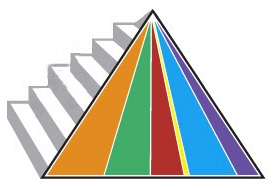
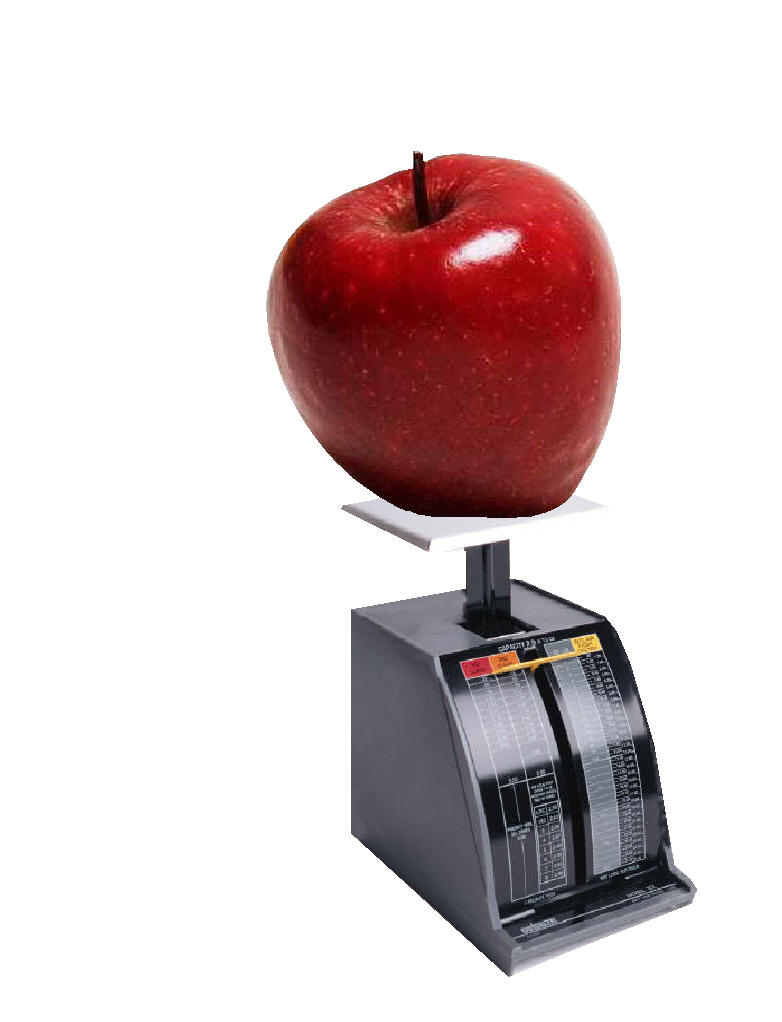
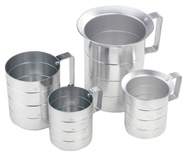
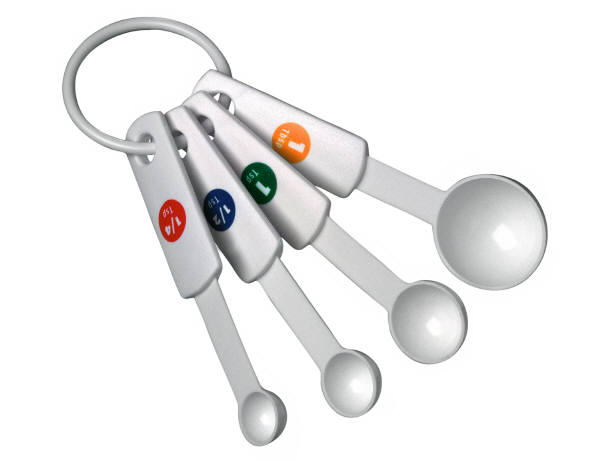 4 Tbsp = 1/4 cup
4 Tbsp = 1/4 cup